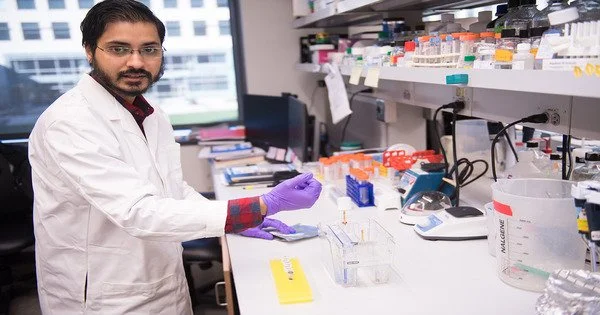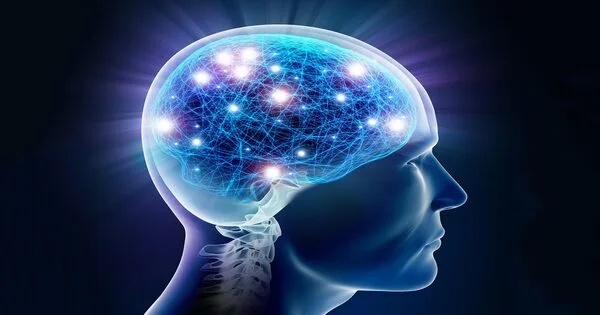A neuroscience research team at the University of Iowa has discovered a key biochemical mechanism controlling memory storage and linked it to cognitive abnormalities in mouse models of Alzheimer’s disease and related dementias.
While researching how memories are produced and stored in the brain, the researchers discovered a novel protein folding mechanism in the endoplasmic reticulum that is required for long-term memory storage. They also showed that this mechanism is damaged in a tau-based mouse model of Alzheimer’s disease and that restoring this protein folding mechanism cures memory impairment in this mouse model for dementia research. The findings were reported in the journal Science Advances on March 23.
Snehajyoti Chatterjee, PhD, a research associate in Ted Abel’s lab at the Iowa Neuroscience Institute and chair and DEO of the UI Department of Neuroscience and Pharmacology, headed the team. The Abel group has previously demonstrated that the Nr4a transcription factor family is required for long-term memory consolidation. This study discovered chaperone proteins in the endoplasmic reticulum that are controlled by Nr4a.
“The role of protein folding machinery in long term memory has been overlooked for decades. We know that gene expression and protein synthesis are essential for long term memory consolidation and following learning a large number of proteins are synthesized. For proteins to be functionally active they need to be folded correctly. Our work demonstrates the conceptual idea that these chaperone proteins are the ones that actually fold the proteins to impact synaptic function and plasticity.”
— Snehajyoti Chatterjee, PhD
The researchers also employed gene therapy to reactivate the chaperone protein in a mouse model and discovered that the memory impairment was reversed, proving that the protein folding machinery works as a molecular switch for memory.
Abel explains that determining this protein folding mechanism is a critical step toward knowing how memories are maintained and what goes wrong in disorders linked with memory impairment. “While we are not yet at the point where we can translate this to patient treatment, understanding this route is critical to one day being able to prevent and treat neurodegenerative illness.”
Snehajyoti Chatterjee, Ethan Bahl, Utsav Mukherjee, Emily N. Walsh, Mahesh Shivarama Shetty, Amy L. Yan, Yann Vanrobaeys, Joseph D. Lederman, K. Peter Giese, Jacob Michaelson, and Ted Abel, “Endoplasmic reticulum chaperone genes encode effectors of long-term memory,” Science Advances, March 23, 2022

The research team also included Jacob Michaelson, an associate professor of psychiatry at the University of Iowa; postdoctoral scholar Mahesh Shivarama Shetty; graduate students Ethan Bahl, Utsav Mukherjee, Yann Vanrobaeys, and Emily N. Walsh; lab assistants Amy L. Yan and Joseph D. Lederman; and K. Peter Giese of Kings College, London.
The research was funded by NIH award R01 MH087463, NIH grant K99 AG 068306, the Nellie Ball Trust, The Gary & LaDonna Wicklund Research Fund for Cognitive Memory Disorders, The University of Iowa Hawkeye Intellectual and Developmental Disabilities Research Center, and the Roy J. Carver Charitable Trust.





